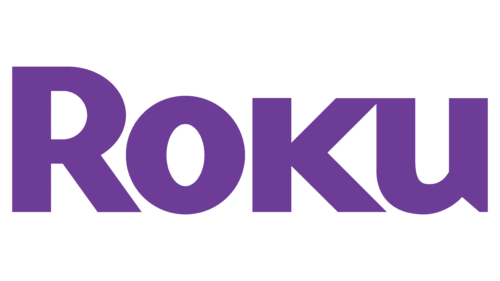The Roku TV set-top box is a convenient device for watching media streaming on the TV screen and is quite widespread among viewers in the United States. The company was founded in 2002, but became famous after the beginning of cooperation with Netflix, in 2007. Today Roku is an independent company with more than 1.8 thousand available apps.
Meaning and history
Roku is an American company that produces set-top boxes that turn an ordinary TV set into a “smart” one. The devices are connected to the Internet and allow you to watch programs, movies, and TV series in applications or on online movie theater sites.
Roku released its first set-top box in 2007. At that time there were almost no streaming devices with similar functionality, and Roku quickly conquered the market. Today it is the U.S. leader in Internet TV gadgets.
Roku was founded in 2002 by Anthony Wood, vice president of Netflix Internet TV from 2007-2008. He was also involved in the design of the set-top box. Netflix invested $5.7 million in Wood’s startup, and he stepped down as vice president to launch the new product.
In 2008, the device launched as Roku’s Netflix Player, but subsequent batches were already coming out under the startup’s brand. The models differed only in logos: Netflix was replaced by Roku.
At first, the device worked only with Netflix, but soon the platform was made open to applications and services from other companies. This decision determined the development of the firm.
Despite good sales, in 2009 Netflix sold its stake in Roku, but the companies are still very friendly, and collaborate a lot.
What is Roku?
Roku is the name of a streaming TV service best known for its set-top boxes, which allow Netflix and other streaming videos to be streamed. The company originated as a division of Netflix Inc. which invested $5.7 million in it. In 2009, Netflix sold its stake for $1.7 million.
In terms of visual identity, Roku has been very stable, and as of 2023, hasn’t changed its logo, designed in 2002, while the company hasn’t even started working with Netflix yet. The logo of the brand is stable and bold, with a simple concept, which still looks bright and modern.
2002 – Today
The Roku logo, introduced in 2002, is based on a mix-case lettering in a bold geometric sans-serif font with interesting detail in the “U”. The first letter of the wordmark is enlarged, which adds a traditional mood to the innovative company’s profile. The primary version of the logo comprises a purple inscription on a plain white background, while for the mobile app icon, the lettering turns white and gets placed on a solid burpee square with rounded angles.
Font and color
The only element of the Roku visual identity is the lettering, which is set in a custom sans-serif typeface, based on such fonts as Benzin Extra Bold, or Hypersans Fat, but with some significant modifications of the “U” and the “O”. The short tail of the lowercase “U” is what makes the Roku logo unique and instantly recognizable.
As for the color palette of the Roku visual identity, it is based on a calm and pleasant shade of purple, which works great with plain white. Purple is the color of creativity, imagination, and wisdom, and in context with the Roku sphere of activity, it also represents diversity and endless opportunities.









